Research & Analysis
U.S. Institute of Peace’s articles, reports, tools and other features provide policy analysis, research findings, and practitioner guides. These publications examine critical conflict issues at the center of the Institute’s work to prevent and resolve violent conflict.
The views expressed in these publications are those of the author(s).
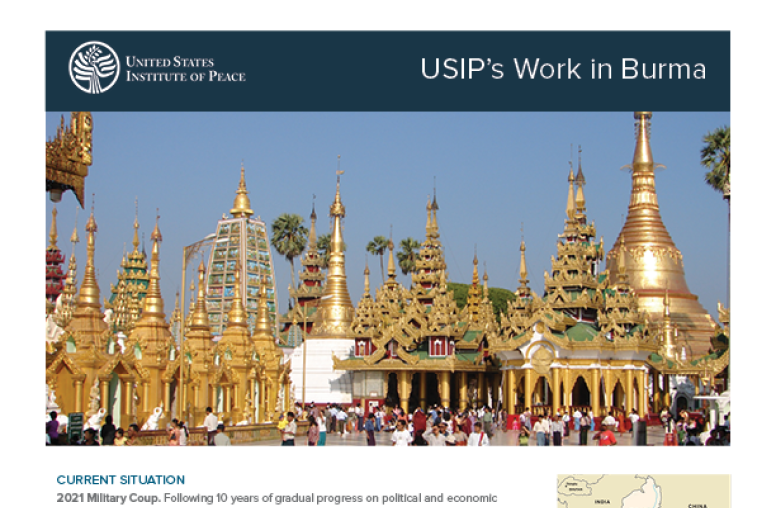
The Current Situation in Burma
Following 10 years of gradual progress on political and economic liberalization—and a landslide victory for the NLD in the 2020 election—the Burmese army took power in a coup on February 1, 2021, just hours before the newly elected members of Parliament were set to convene. The army has quickly reversed hard-won progress toward democracy and human rights in Burma. It has arrested elected officials, activists, and journalists, done away with even the most basic civil and political rights, blocked access to social media, and, intermittently, to the internet entirely.
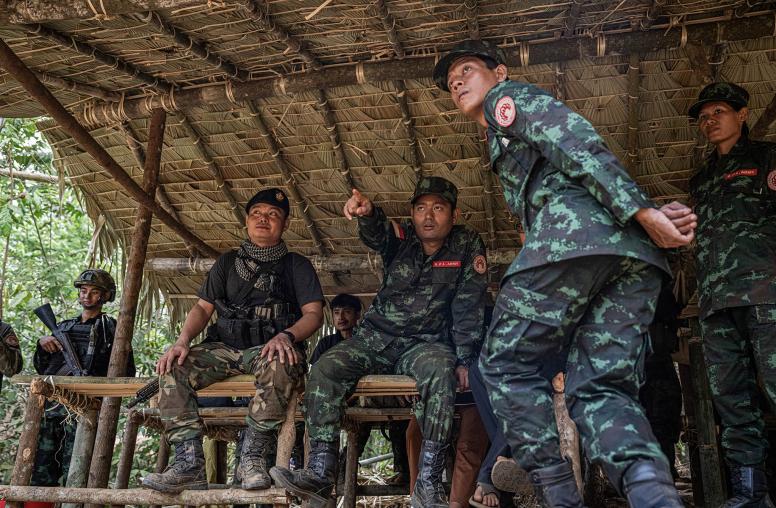
China’s Rhetoric on Myanmar Doesn’t Match Reality
As Myanmar’s civil war grinds on and increasingly threatens China’s interests, Beijing has stepped up its engagement with all sides, especially Myanmar’s junta. The announcement that China and the junta plan to “establish a joint security company to protect Chinese investments and personnel in Myanmar” has raised concerns and speculation that this initiative could worsen the conflict and endanger the Myanmar people and Chinese nationals working in Myanmar.
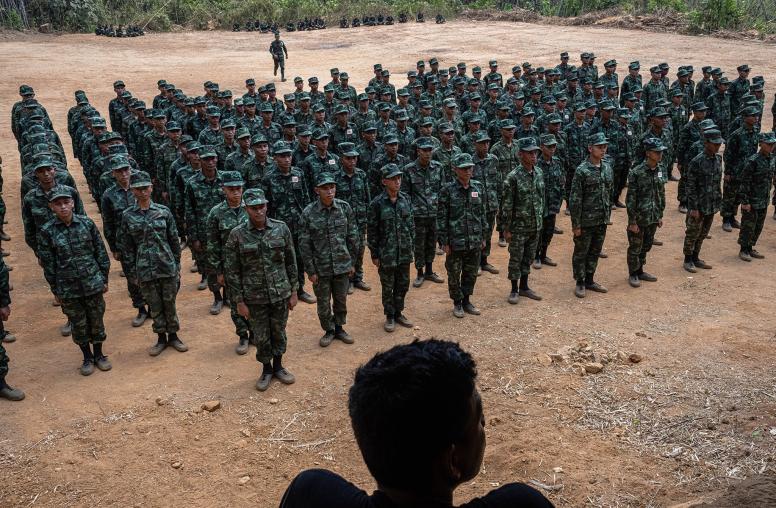
Myanmar’s Escalating Crisis: A Year in Review and the Road Ahead
Myanmar's post-coup conflict has now stretched into its fourth year, with no resolution in sight. Far from subsiding, the conflict has escalated dramatically. Last year was particularly devastating for the Myanmar military, marking its worst losses in history. The fall of key military strongholds in Lashio and Ann stands as the most significant events but is only part of a broader pattern of losses; 91 towns and 167 military battalions have been lost, signaling a crisis of unprecedented scale for the regime.

How Crime in Southeast Asia Fits into China’s Global Security Initiative
For decades, mainland Southeast Asia has been a center for transnational criminal activities, including drug trafficking, money laundering and, most recently, online scam operations. After several governments in Southeast Asia cracked down on criminal gangs over the last decade, many of them — particularly those that are Chinese-run — have relocated to the Golden Triangle region, where the borders of Myanmar, Laos and Thailand meet. Some have also moved to autonomous Special Economic Zones, such as those in Laos and Myanmar, that are in some cases under the rule of local militias and where regulations are limited. China has been watching these developments closely.
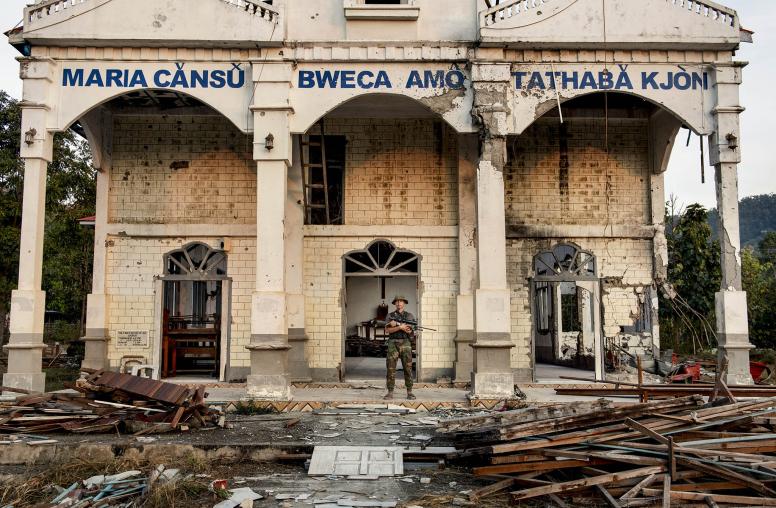
Myanmar’s Resistance Manages to Defy Chinese Pressure — For Now
In early August, resistance forces in northern Myanmar delivered yet another historic defeat to the Myanmar military. After just 35 days of fighting, resistance actors toppled the Myanmar army’s northeastern command, bringing expansive amounts of territories across northern Shan State under their control. These developments rippled through Myanmar and reinvigorated the resistance — but also triggered a dramatic response from the Chinese government.

The Latest on Southeast Asia’s Transnational Cybercrime Crisis
Increasing scrutiny and exposure of global internet scams based in Southeast Asia has sparked fast-moving developments to quash the schemes and countermoves by the organized gangs behind them. Recent months have seen crackdowns, arrests and internet cutoffs by law enforcement agencies and regional governments. Meanwhile, Cambodia and Myanmar continue to be the most egregious havens for criminal operations, while Laos seems to be demonstrating early signs of concern for the impact of organized crime on its sovereignty.
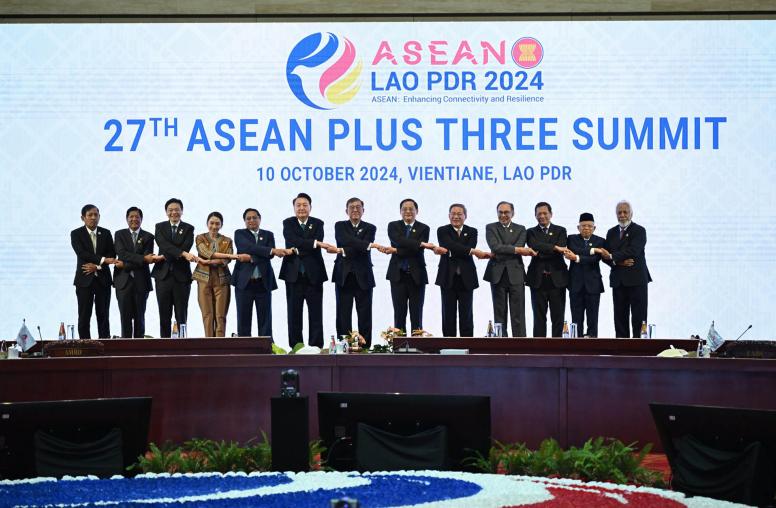
Southeast Asian Nations Convene amid Myanmar Crisis, South China Sea Tensions
Leaders from the Association of Southeast Asian Nations (ASEAN) are in Vientiane, Laos this week for the bloc’s annual summit and the concurrent East Asia Summit, which brings ASEAN together with other important regional players like the U.S., Japan, South Korea, Russia and China. Typically, the East Asia Summit is not a venue for major policy discussions, but the gathering offers opportunities for a bevy of side meetings between various countries. At both summits, Southeast Asian leaders will lament progress on Myanmar and the South China Sea — where China’s maritime claims and aggressive actions lead to tensions with regional countries — and the state of the world in general.

The Myanmar Military’s Institutional Resilience
The Myanmar military has endured historic losses over the past three years, leaving it in the weakest state in its history. While there are few paths to recovery — and mounting challenges to its stranglehold on power — the military has managed to stay afloat so far in the face of an expanding revolution against its rule. What are the factors threatening its viability? And what is holding it together? While there is no single explanation, a critical factor is its culture of internal loyalty cultivated over decades of military rule.

Myanmar Scam Hubs Revive Fast After China Eases Pressure on Junta
Transnational crime groups in Southeast Asia, hit with intense scrutiny and law enforcement action earlier this year, are moving into new areas and adapting their operations as they revive and expand global scam operations. In Myanmar — a key center of this internet-based criminal activity — extreme political instability combined with the connivance of the country’s military and its militias continue to provide fertile ground for crime groups, albeit in new configurations. At the same time, a sudden shift in China’s posture toward Myanmar’s military regime has eased pressure on the scam industry, allowing criminal networks to further scale up their malign activities.
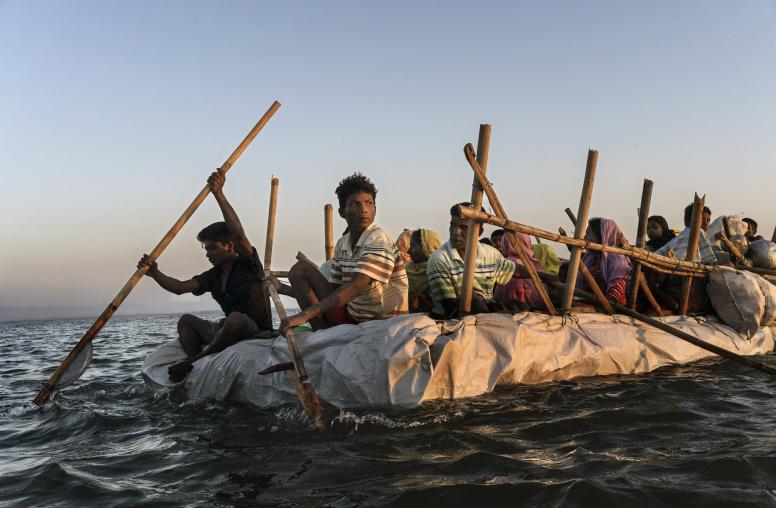
Out of the Spotlight, Myanmar’s Rohingya Face Worst Violence in 7 Years
Since early 2024, fighting in northern Rakhine state has led to the worst attacks on the Rohingya population since 2017, when Myanmar’s military drove more than 750,000 across the border into Bangladesh. The new attacks are a stark reminder of the Rohingyas’ vulnerability. The world has known about their plight for decades, and in 2024, only 636,000 Rohingya — or 23 percent of the 2.8 million Rohingya around the world — still live in their homeland, Myanmar.